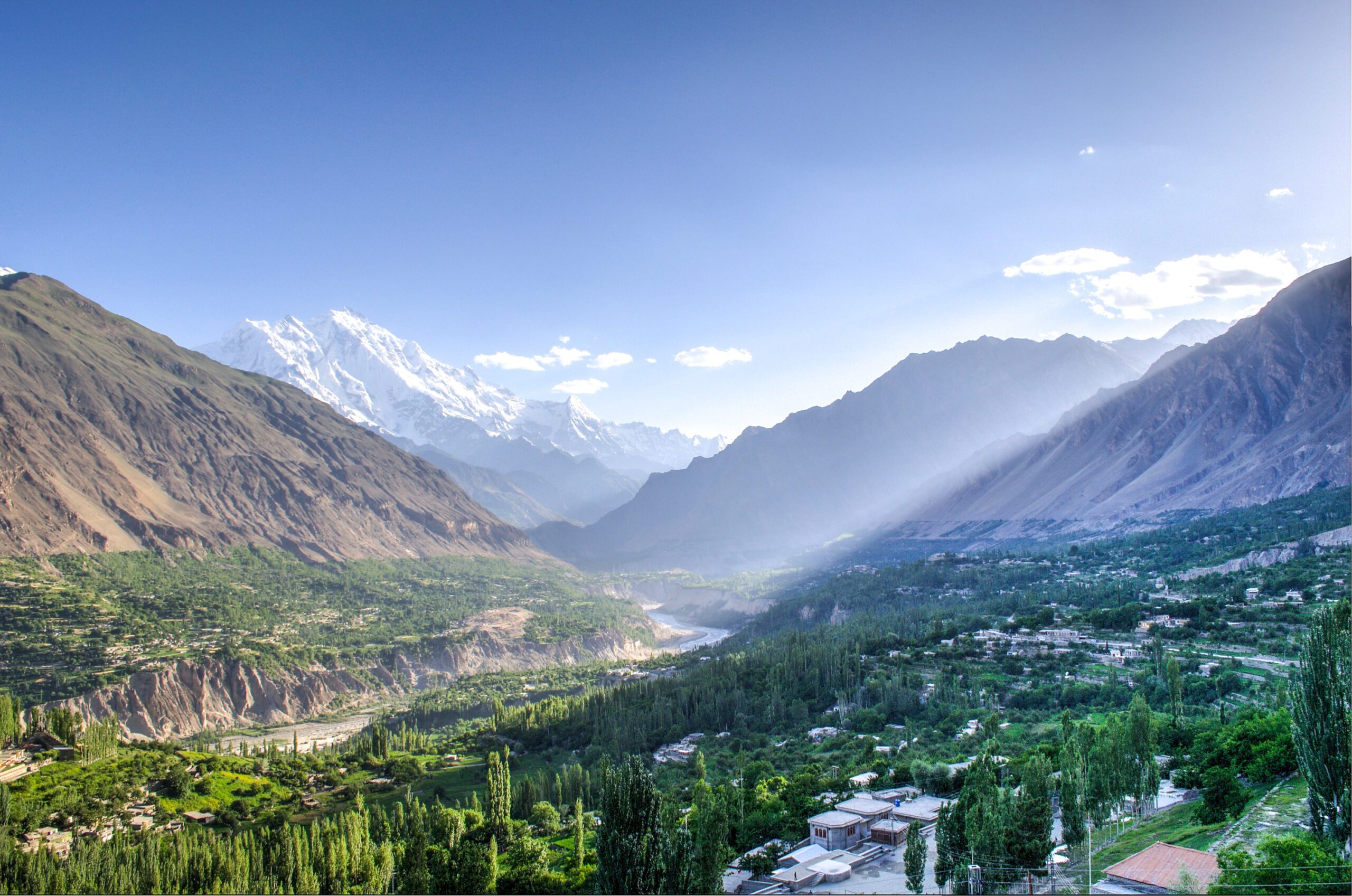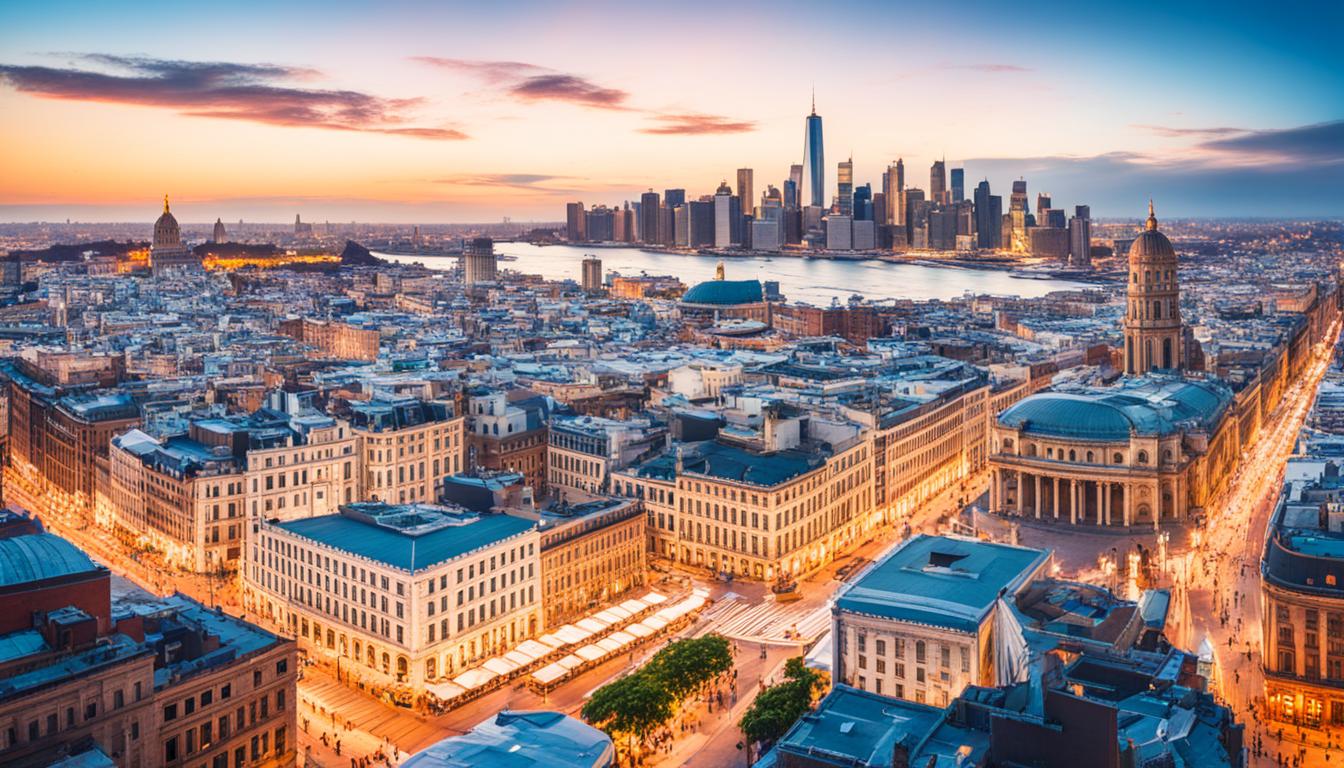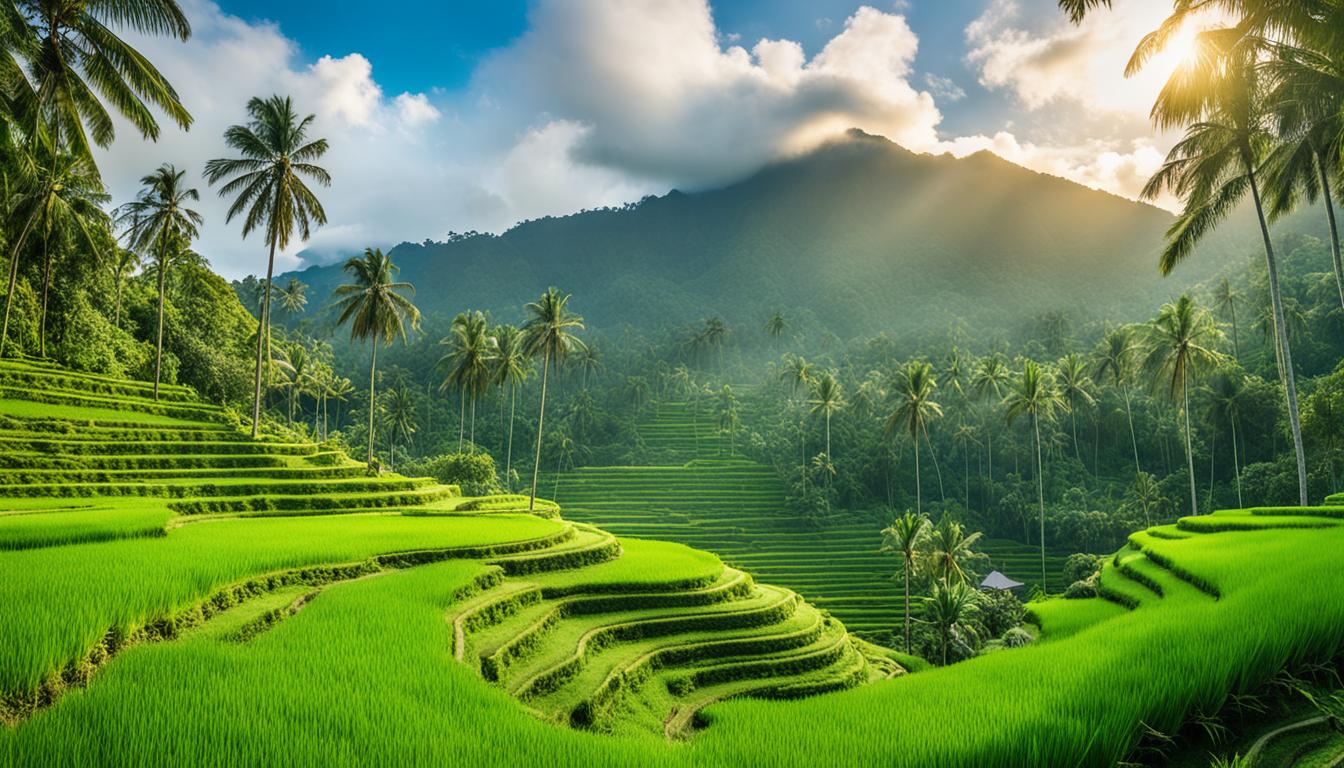
Table of Contents
Exploring the United Arab Emirates: A Land of Contrasts and Culture
The United Arab Emirates (UAE) is the first country that comes to mind, as there is so much more to this one than what is found on the surface. When we think of the United Arab Emirates, ‘mammoth skyscrapers’, ‘temples of consumerism’ and a symbolic land for anyone seeking to spend like there is no universe make an appearance. It is, but that image is just the tip of the iceberg. Japan is a beautiful, enigmatic country with a long history that you never get to see.
With its ancient traditions and new advances, UAE is a city of contrasting nature – desert and the sea, traditional yet contemporary. Whether you are a traveler preparing for your trip, or simply interested in what the life blood of this part of the world is all about, enjoy this ride. In this post, we dig deep into the UAE and discover just why the region is so different.

A Quick Look at the UAE: Seven Emirates, One Country
Thinking of this country, the first notion that comes up is it is made up of 7 emirates ruling over themselves: Abu Dhabi, Dubai, Sharjah, Ajman, Umm Al-Quwain, Ras Al Khaimah and Fujairah all of which there is a governor. This continues in the same measure in such women’s feddahs, and for the; it always mixes around and makes quite a good entity. There is one eminent factor; when it comes to the magnitude, area and power of the state, the capital city (and the most populous emirate) is Abu Dhabi but all is under the shadow of Dubai – [:en]that city of architectural wonders and Silicon Valley of vices.
It is difficult, therefore, to consider the UAE as a child’s play. The United Arab Emirates was created in 1971 and in just a couple of years has gradually achieved prominence internationally. Such changes and developments are seemingly impossible as this arid edge of the Arabian world has transformed into a region of cut-throat competition for foreign investments and a showcase for eroticised tourism.
A Glimpse of History-the UAE history
Before the oil discovery in the middle of the twentieth century, the UAE was an unassuming fishing villages, desert dwellings, and pearl-diving villages. Life was marked by the Desert, the sea, and an occasional oasis. The Bedouin people who came to live in the harsh desert land became attached to it and learned how to manage its rigors in ways that affect the Emirati culture till this day.
Then, of course, peering was the biggest source of wealth. Divers would risk their lives in order to retrieve pearls from the Arabian Gulf. It wasn’t an easy life-and everything was way further from luxury than it is today in the UAE. Of course, nothing has ever been the same since oil was discovered in the 1950s. This wealth generated from the oil revenues allowed this country to invest plenty of money into infrastructures, education, and health care. And from one generation, this transformed UAE into one of the world’s most modern and prosperous nations.
But despite all this rapid modernisation, the UAE has not forgotten its roots. Traditional culture is still being celebrated and preserved. This is evident in the architecture of old forts, in the elegance of traditional dress, and in the warmth of hospitality.
The Cities: Dubai vs. Abu Dhabi
When most people think of the UAE, Dubai is often the first city that comes to mind. And for good reason! Dubai is a city like no other. It has, for instance, the world’s tallest building, Burj Khalifa, manmade islands in the likeness of palm trees. A place where one’s imagination runs wild and free: Want to ski in the desert? No worries. You’ll find it in Dubai. Want to visit one of the largest shopping malls in the world? Yep. It’s in Dubai too.
However, Dubai’s appeal is not in its record-breaking attractions and jaw-droppers alone. It is also a melting pot of culture. More than 200 nationalities are present in the city, and you hear all languages on the streets, as is the diversity of the food scene, which mirrors the style of living in the population: from a five-star gourmet restaurant to roadside food stalls.
The experience is a bit more subdued in Abu Dhabi, the capital. Now I’m not saying it isn’t luxe and futuristic like Dubai-it just feels more relaxed. It’s here that the stunning Sheikh Zayed Grand Mosque remains, an architectural masterpiece welcoming those of every faith. You will also find the Louvre Abu Dhabi, a museum dedicated to art and culture that can stand tall with those around the world.
The Corniche in Abu Dhabi is a long waterfront pedestrian walk and bike path that is great for a leisurely stroll. The pace here is a bit slower, making it ideal for those looking to soak in the culture and history without the frenetic energy that Dubai exudes.

Beyond the Cities: The Desert, the Mountains, and the Sea
While it is fair to say that Dubai and Abu Dhabi suck up most of the attention, there’s much more to the United Arab Emirates than its two megastars. For many, of course, the desert is the real soul of the country. Vast swathes of gold stretch across the dunes, which remind one of the country’s Bedouin ancestry and experiencing the desert is a must when visiting. Whether it’s a dune bash in a 4×4, riding camels, or spending a night under the stars in a desert camp, there is just magic about the peacefulness of the desert.
The Hajar Mountains, particularly in the emirates of Ras Al Khaimah and Fujairah, are such a stark contrast to the desert panorama. These mountainous territories are great for hiking activities and provide a break from the sun. Even Jebel Jais, UAE’s highest peak, boasts a zipline, the longest in the world.
Then there is the sea. The Emirates shoreline abounds with pristine beaches, and the waters of the Arabian Gulf are warm enough to swim, snorkel, and dive into. The eastern coastline, along the Gulf of Oman, has some great dives sites teeming with a vast array of marine life, and the western side is more of a shoal-lined coast, with very calm waters.
Culture in the Emirates: Tradition Meets Modernity
One of the most interesting aspects of the UAE is exactly how it somehow seems to wed tradition into modernity. The country stands front and center concerning technological innovations, yet it clings very dearly to the ways of the past as well.
For example, for the conventional Emirati attires, one will see men wearing a kandura or dishdasha, which is literally just a white robe. Women are sporting an abaya, a black cloak. The attires aren’t only modestly dressy; they are a symbol of the cultural identity of the country. One will often notice residents wearing them either on formal occasions or casual events, which underlines the urge to keep in touch with the old days in relation to the speed of changes around.
Hospitality forms another vital part of the Emirati culture. Whether it is visiting someone’s house or sitting in a business meeting, you will always be greeted with a glass of Arabic coffee, gahwa, and dates. It signifies welcome and affection, going back to the Bedouin days when they would receive travelers who stopped over for rest during their arduous desert traverses.
The UAE also offers its guest a wide range of cultural events and festivals. The most notable among them would be the annually held Dubai Shopping Festival; however, heritage festivals, art exhibitions, and even camel racing attract crowds from all over the world.

The Future of the UAE: Vision 2030 and Beyond
With eyes forever focused forward, the UAE is a nation that by no means lets oil revenue mark the pace of its development as rapidly growing. A country now focused on diversifying the economy, the primary impetus for this change is the UAE’s Vision 2030-a strategic plan for reducing dependence on oil and creating a knowledge-based economy.
It is heavily investing into technology, renewable energy, and education. The most important thing is it made historical strides in achieving success through its space exploration endeavors since it successfully launched its Mars mission, Hope Probe, in 2020. It shows the country’s determination to be placed at the forefront of innovation globally.
At the same time, efforts in the UAE would also address its cultural and environmental heritage. The country is also aware that while progress is important, it is equally imperative to preserve the natural beauty and traditions that make the UAE unique.
A Land of Endless Possibilities
The United Arab Emirates is among those peculiar places where contrasts come together to create something simply extraordinary – a country that lives in the future and past simultaneously. A country where skyscrapers and ancient forts coexist and luxury often walks hand-in-hand with deep-rooted traditions.
Whether it’s the glamorous desert of Dubai, the cultural heritage of Abu Dhabi, or the miracle of nature in the desert and mountains, the UAE has a treat for everyone. It is a place that invites you to explore, experience, and understand – then you won’t forget.
So, should you ever get a chance to visit there, take it up. The UAE will welcome you with a cup of gahwa and an open heart; who knows? Maybe you’ll end up going back again and again.

Conclusion
The United Arab Emirates is more than just a land of luxury and towering skyscrapers; it’s a place of deep contrasts where modernity meets tradition. Whether you’re looking for high-end shopping, thrilling outdoor adventures, or a chance to experience rich cultural heritage, the UAE has something to offer. From the glimmering cityscapes of Dubai and Abu Dhabi to the tranquil deserts and majestic mountains, it’s a country that continues to evolve while staying true to its roots.
With ambitious plans for the future, the UAE is a nation on the move, making a name for itself not just as a global business hub but also as a leader in culture, innovation, and sustainability. If you’ve ever been curious about this fascinating corner of the world, there’s no better time to explore it for yourself.
Frequently Asked Questions About the UAE
- What language is spoken in the UAE?
Arabic is the official language of the UAE, but English is widely spoken and understood, especially in business and tourism. You’ll also hear various other languages due to the large expatriate population, including Hindi, Urdu, Tagalog, and more.
- Is the UAE safe for tourists?
Yes, the UAE is considered one of the safest countries in the world for tourists. The crime rate is low, and the country’s infrastructure is highly developed. The government takes security seriously, making it a safe destination for visitors from all over the globe.
- What’s the best time to visit the UAE?
The best time to visit the UAE is during the cooler months, from November to March, when the weather is pleasant and ideal for outdoor activities. Summers (June to September) can be extremely hot, with temperatures often exceeding 40°C, which might limit outdoor exploration.
- What is the currency used in the UAE?
The currency of the UAE is the United Arab Emirates Dirham, abbreviated as AED or Dhs. It’s a stable currency, and most places accept credit cards, though it’s always good to carry some cash for smaller purchases.
- Is the UAE a conservative country?
While the UAE is a modern and progressive nation, it retains a conservative cultural and religious background. Modesty in dress is appreciated, especially in more traditional emirates like Sharjah and Fujairah. However, in places like Dubai and Abu Dhabi, the rules are more relaxed, though it’s still advisable to dress modestly in public areas.
- Can I consume alcohol in the UAE?
Yes, alcohol is available in licensed hotels, restaurants, and bars, primarily in Dubai and Abu Dhabi. However, it’s important to note that public intoxication and drinking in non-designated areas are illegal. Some emirates, such as Sharjah, have stricter rules regarding alcohol consumption.
- What is there to do in the UAE besides visiting Dubai and Abu Dhabi?
Beyond Dubai and Abu Dhabi, you can explore the natural beauty of the UAE. Visit the Hajar Mountains in Ras Al Khaimah, go diving on the east coast in Fujairah, or experience a traditional desert safari in the Arabian Desert. Each emirate has its own unique attractions, offering a blend of history, nature, and adventure.
- What is the dress code in the UAE?
There is no strict dress code for visitors, but modesty is encouraged, especially in public places. Swimwear is appropriate at beaches and pools, but covering up in malls, restaurants, and religious sites is advised. In more conservative areas, women might be required to cover their shoulders and knees, while men should avoid wearing shorts in such settings.
- Is tipping expected in the UAE?
Tipping isn’t mandatory but is commonly practised. In restaurants, a service charge is sometimes added to the bill, but if not, a 10-15% tip is appreciated. Hotel staff, taxi drivers, and other service workers will also appreciate a small tip for their services.
- Do I need a visa to visit the UAE?
Visa requirements depend on your nationality. Citizens of certain countries can obtain a visa on arrival, while others need to apply in advance. It’s always best to check with the UAE embassy or consulate in your country before travelling.
This conclusion and FAQ section should help wrap up the article nicely, providing readers with practical insights and answering common questions they may have about visiting or learning more about the UAE.




